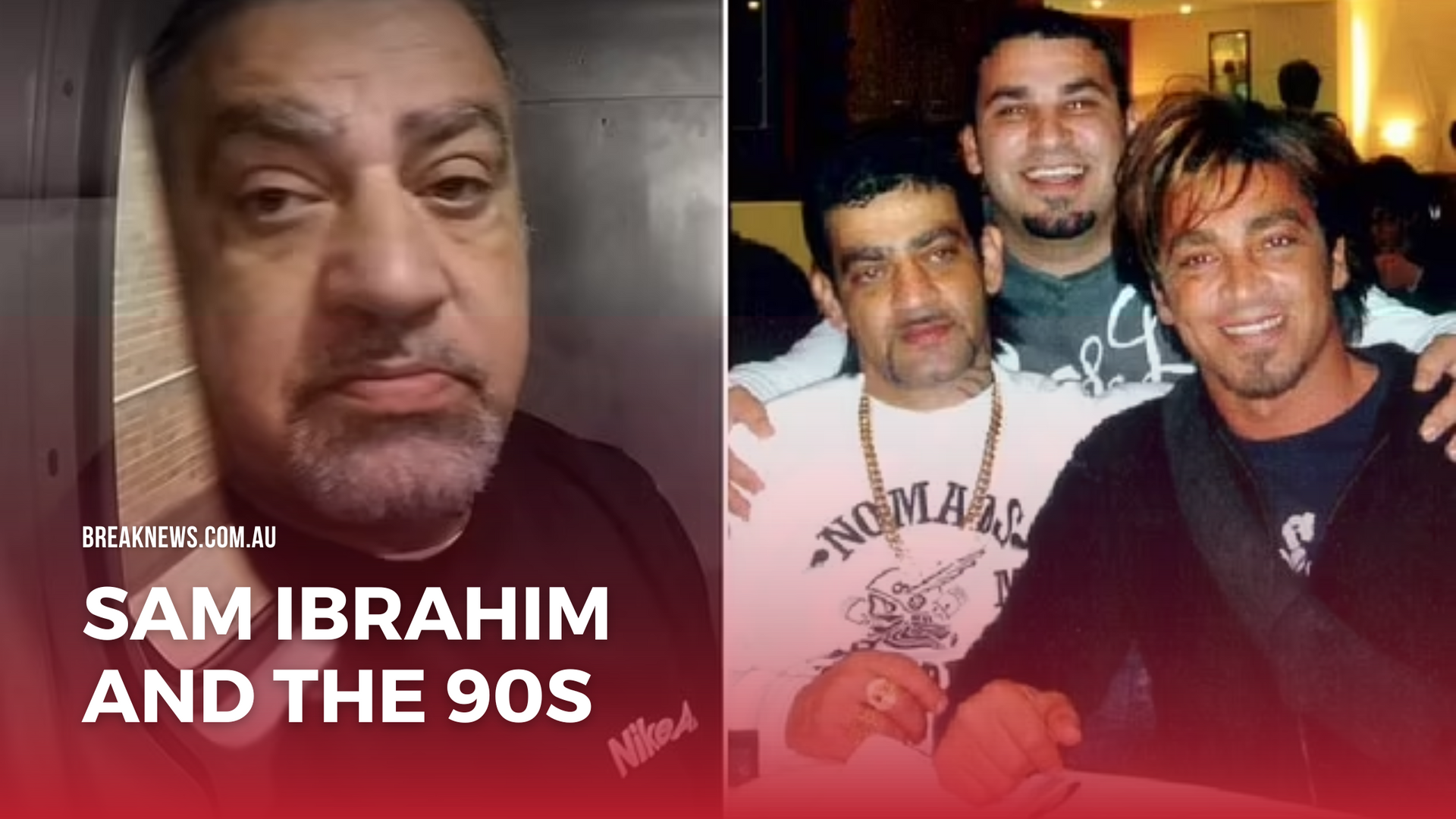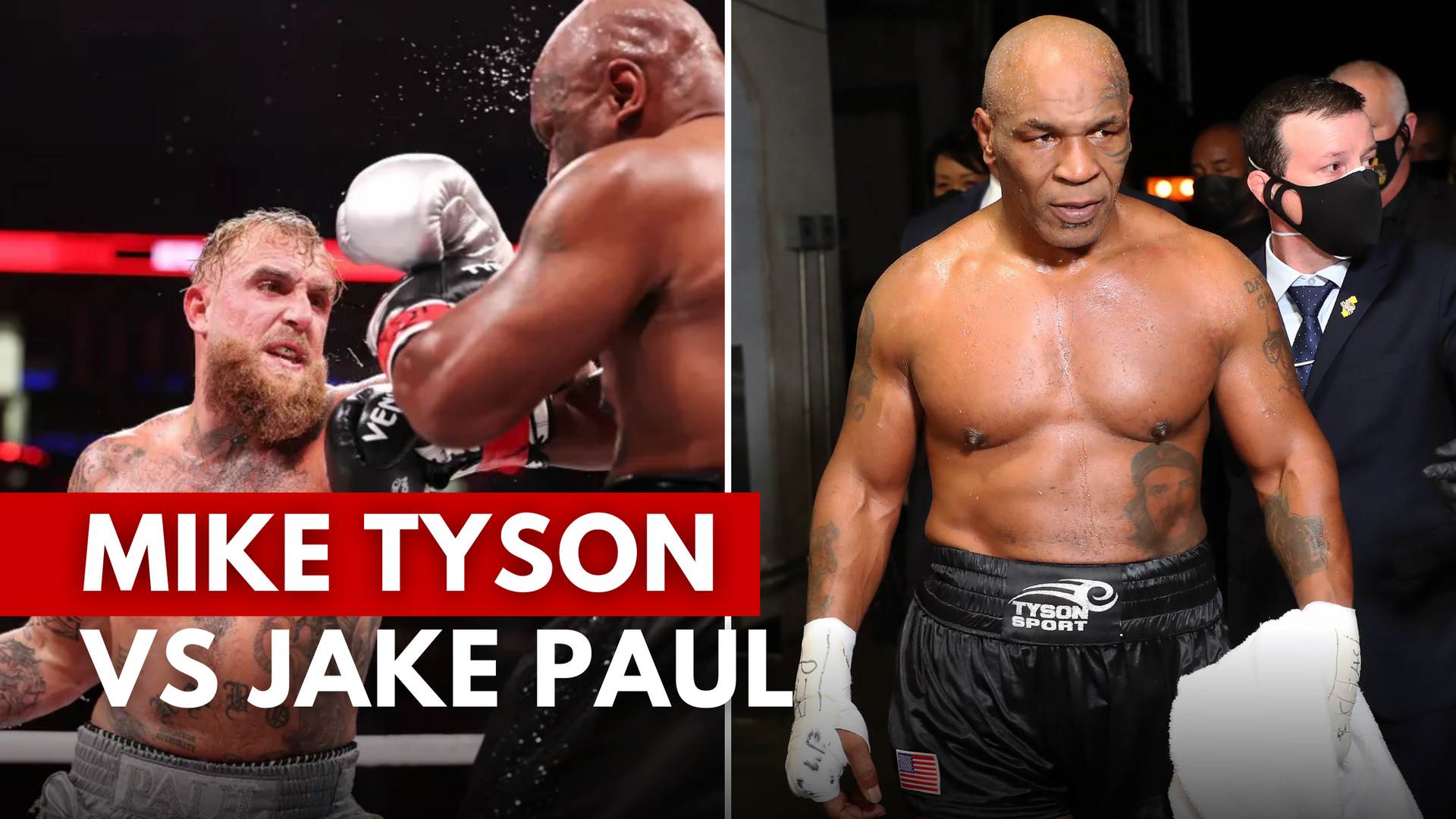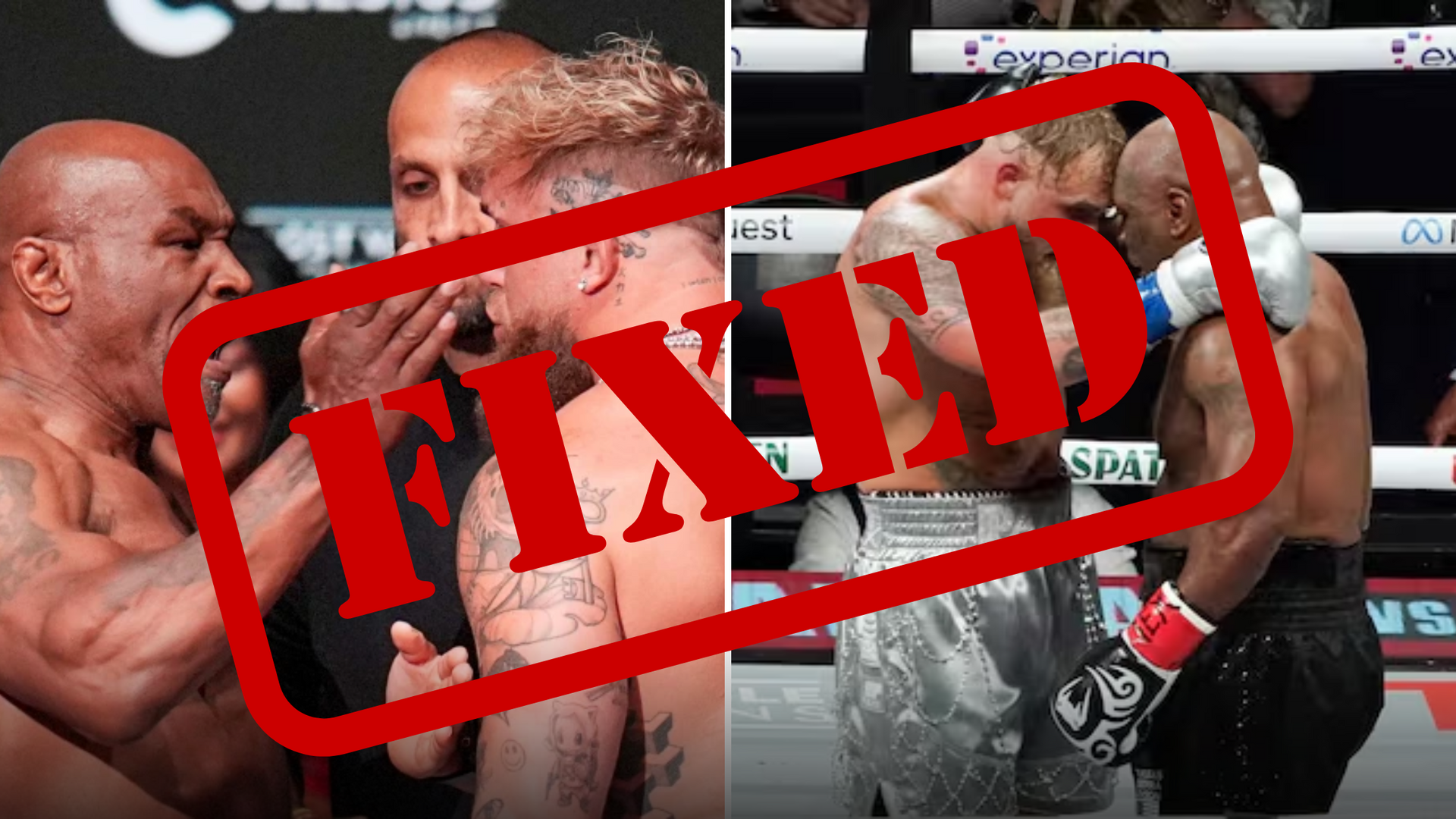Sam Ibrahim in the 90s: Kings Cross Nightlife & Underworld Legacy

Sam Ibrahim stands out as one of the most significant and controversial figures to emerge from Sydney’s underworld in the 1990s. Alongside his younger brother John, Sam’s name became synonymous with the King’s Cross nightlife district and the shadowy world of organised crime that ran parallel to it. The fates of the Ibrahim brothers are deeply entwined, with their rise to power reflecting the complex, multicultural character of Sydney itself.
The 1990s were an era of transformation for King’s Cross. Nightclubs and after-hours venues became magnets for young Sydney-siders, celebrities, and underworld players alike. Into this electric environment stepped the Ibrahim family, whose roots in Western Sydney and Lebanese-Australian communities would shape both their business operations and their cultural legacy. Sam Ibrahim, the older of the two, was particularly pivotal in establishing the family’s reputation on the streets as well as within influential business circles.
This story explores the many facets of the Ibrahims’ influence—how they built a nightlife empire, expanded into illegal enterprises, and eventually drew the focused attention of police and investigators. Beyond the headlines and legal sagas, it looks at the family’s impact on local youth culture, shifting media narratives, and the ongoing fascination their legacy holds over Australian popular culture today. Understanding Sam Ibrahim’s role in the 1990s is critical to making sense of Sydney’s urban history and its enduring struggle with crime, identity, and power.
The Rise of the Ibrahim Brothers in 1990s Kings Cross
The emergence of Sam and John Ibrahim as dominant figures in Sydney’s late 20th-century underworld did not happen overnight. Coming from a Lebanese-Australian family based in Western Sydney, the brothers entered the nightclub scene of King’s Cross—one of the city’s most notorious and lively districts—at a time when legal businesses and illicit dealings overlapped in the shadows.
King’s Cross in the 1990s was a unique world of its own, where money, music, and mischief flowed every night. Into this melting pot, the Ibrahims made early moves that would lay the groundwork for an empire, blending legitimate club operations with a growing reputation for toughness and street-smart business acumen. Their connections, ambition, and willingness to push boundaries allowed them to rise above fierce competition and gain influence over clubs, security, and, allegedly, far more secretive ventures.
Their ascent marked a turning point for Sydney’s nightlife, changing the power dynamics on the Golden Mile and echoing throughout the city’s criminal landscape. As a result, the Ibrahims became not just figures in local folklore, but symbols of a changing Sydney—where multicultural backgrounds, economic savvy, and the risks of street life came together in one of the most compelling stories of the era. The following sections break down how Sam and John carved their paths, forever shaping the history of Kings Cross and Australian crime.
Sam Ibrahim and the Kings Cross Nightlife Empire
In the 1990s, Sam Ibrahim established himself as a pivotal force in the Kings Cross club and entertainment scene. His entry into nightclub operations coincided with an era when Kings Cross became Sydney’s centre for after-dark excitement and excess. Sam was widely known for his assertive management style and reputation for maintaining order in even the rowdiest venues, which quickly earned him respect—along with notoriety—among patrons and rivals alike.
Sam’s business interests extended beyond simple club management. He was involved in security firms that purportedly controlled entry to some of the region’s most lucrative venues. This control over who could enter, and crucially, who couldn’t, allowed Sam to wield significant influence over the social rhythm of Kings Cross. Many believed this dominance also laid the groundwork for criminal activity within the club scene, with allegations of protection rackets, drug distribution, and intimidation surfacing throughout the decade.
The lines between legal nightlife business and the criminal underworld frequently blurred around Sam Ibrahim. His presence symbolised the shifting landscape of Kings Cross—where power often depended on having both muscle and money. As we have reported, even years later, Sam’s movements and business interests remain a focus of speculation for police and underworld watchers alike.
Sam’s influence also reached beyond the clubs themselves, impacting how young people viewed masculinity, success, and rebellion, particularly within the Lebanese-Australian communities of Western Sydney. His story became a local legend, both cautionary and aspirational, with his name woven into urban myths and street culture across the city. Ultimately, Sam Ibrahim’s role in shaping the Kings Cross nightlife empire left a mark that extended far beyond the walls of any one club.
John Ibrahim: Business Interests and the 'King of the Cross' Legacy
While Sam Ibrahim made his mark through operational muscle and street reputation, John Ibrahim was building a multi-layered legacy as the so-called "King of the Cross." John’s rise centred on acquiring and managing key nightclubs, shrewdly blending legitimate business with alleged criminal associations. His approach to the club trade, strategic partnerships, and enduring family alliances elevated his status on the streets and in the media.
John’s public persona often contrasted with Sam’s, focusing on entrepreneurship, high-profile friendships, and a steady presence in Sydney nightlife. For a comprehensive look at his intricate journey—from war-torn childhood to kingpin notoriety—see the full biography of John Ibrahim and further analysis in this legacy feature, both of which explore his influence on Sydney’s entertainment culture.
Criminal Involvement and Law Enforcement Scrutiny
As the Ibrahim brothers’ profile grew in the Kings Cross nightlife scene, so too did the intensity of law enforcement scrutiny. Their clubs and businesses became targets for police investigations, as rumours of drug distribution, firearms trafficking, and other illicit activities swirled around them. Throughout the 1990s, high-profile operations and surveillance campaigns put the family under an unrelenting spotlight.
Among the most significant of these efforts was the formation of specialised police task forces—such as Strike Force Kinnara—tasked with penetrating the underworld networks in which the Ibrahims were now major players. Legal cases, including the AVO saga and allegations of connections to international drug syndicates, made headline news and reinforced the brothers’ reputation as untouchable kingpins, while at the same time keeping them squarely in the sights of authorities.
The criminal allegations against the Ibrahims were multi-layered. Some focused on direct acts linked to club violence, while others targeted much broader operations including money laundering and the logistics of international drug movement. Police and the NSW Crime Commission maintained constant surveillance, always wary of the wider influence the brothers had in Sydney’s evolving gangland scene. For greater context on their ongoing scandals and family dynamics, see this analysis and a breakdown of Australia’s gangland wars.
Strike Force Kinnara and the AVO Case: The Ibrahim Brothers' Legal Troubles
Strike Force Kinnara emerged as a key police initiative to tackle the Ibrahim brothers’ influence in Kings Cross during the late 1990s. One of the most notable episodes under its purview was the high-profile AVO (Apprehended Violence Order) case, which thrust both Sam and John into the legal spotlight. This case not only placed their club dealings under scrutiny but also exposed internal family dynamics and alliances.
The AVO proceedings became a defining moment in public perceptions of the brothers. Beyond the legal consequences, the case underscored how the Ibrahims had transitioned from local businessmen to individuals perceived as being at the centre of Sydney’s criminal underworld. For further detail on the public and legal dimensions surrounding John Ibrahim specifically, see this update on related court proceedings.
Firearms Syndicate and Expanding the Drug Trade
Throughout the 1990s, the Ibrahim brothers were repeatedly linked to organised crime activities extending well beyond nightclubs. Police intelligence and investigations suggested involvement in an illicit firearms syndicate that channelled illegal weapons via the Kings Cross network. These operations allegedly provided the muscle needed to maintain dominance over both club security and street-level disputes.
At the same time, law enforcement and media reports connected the Ibrahims to an expanding drug trade, both locally and internationally. Allegations pointed to drug importation, distribution networks, and alliances with other powerful criminal organisations in Sydney and abroad. The nature of these accusations led to even more intense scrutiny, coordinated raids, and lengthy court battles, cementing the Ibrahims’ reputation as central players in the city’s underworld ecosystem.
For a more comprehensive breakdown of these complex allegations and their legal implications for John Ibrahim, refer to this detailed case analysis. The constant thread was the police belief that the Ibrahims’ legitimate business façade provided a perfect cover for deeper, more lucrative criminal activities. These suspicions contributed to widespread fascination and enduring media coverage, ensuring that the Ibrahim name remains a focal point in discussions about Sydney’s organised crime history.
Media Perception and Public Image of the Ibrahim Brothers
Media coverage of the Ibrahim brothers during the 1990s played a pivotal role in framing their legacy in the Australian imagination. Early on, mainstream and local outlets portrayed Sam and John as young nightclub moguls—ambitious, streetwise, and, for some, even aspirational. Their business success stories were commingled with reports on King’s Cross nightlife, often focusing on glamour, money, and the aura of exclusivity surrounding the brothers’ venues.
However, as police investigations intensified and criminal allegations mounted, the narrative began to shift. Headlines and exposes increasingly painted the Ibrahims as dangerous underworld figures whose influence extended deep into both legal and illicit enterprises.
Sensational tabloid stories fuelled public curiosity and stoked rumour, contributing to the myth-making and notorious aura that still surrounds the name today.
The evolution of the Ibrahims’ public image has had lasting ramifications—not just for their own legacies, but also for how 1990s Sydney is remembered as a battleground between glitz, crime, and media spectacle. This intersection of reputation, enterprise, and criminal intrigue continues to intrigue Australians, highlighting the power of media narratives in shaping social perceptions and historical memory.
From Nightclub Moguls to Criminal Figures: Shifting Media Narratives
During the 1990s, media stories about the Ibrahim brothers evolved dramatically. Early coverage celebrated them as shrewd businessmen driving King’s Cross nightlife, but as police investigations intensified, the focus shifted sharply to their alleged criminal activities. This transition from “mogul” to “villain” status fuelled ongoing fascination and debate in the public eye.
Sensational headlines and investigative reports contributed heavily to the brothers' mythology, making their story one of Australia’s most enduring true crime sagas.
Family Dynamics and the Ibrahim Clan's Influence in Western Sydney
The Ibrahim family’s story is deeply rooted in Western Sydney, particularly in communities like Merrylands. Family dynamics and fierce loyalty were central to their rise—siblings, including Fadi and Michael, played key roles in both legitimate and illicit ventures. Relationships within the clan formed the backbone for operations that reached well beyond Kings Cross, shaping everything from business negotiations to street alliances.
Fadi Ibrahim became known for his flamboyant lifestyle, attracting both media attention and law enforcement scrutiny. For those interested in his personal journey and the societal issues it reveals, see his detailed profile here. Michael Ibrahim’s trajectory was marked by audacity, legal battles, and, ultimately, a landmark sentence for large-scale smuggling and organised crime—a story that resonates far beyond the immediate family and offers insight into the structures of Australian crime; more can be read about Michael’s story in this comprehensive article.
For those living in Western Sydney during the 1990s, the Ibrahim family held a legendary—either notorious or iconic—status. Their impact was not limited to business or crime; they were symbols of ambition, resilience, and the complicated dynamics between opportunity and infamy. Tight-knit family ties meant the clan often presented a united front, even under significant external pressure from police and rivals. This cohesion helped them weather scandals and maintain influence in a city undergoing rapid demographic and cultural change.
Sam Ibrahim's Personal Transformation and Post-Release Life
After years at the centre of Sydney’s club scene and a string of high-profile legal battles, Sam Ibrahim’s journey took a marked turn following his release from detention and prison. Reports circulated about his efforts to leave behind a life of crime and seek personal redemption—a shift that mirrors the struggles faced by many former gang figures in Australia.
Sam’s transition to civilian life has been closely followed by both law enforcement and the public. At different stages, he faced deportation to Western Australia and was under the scrutiny of officials determined to prevent a resurgence of the old underworld order. For an account of these legal and logistical obstacles, see this coverage.
Stories of transformation, including the journey of other ex-Nomads bikies like Moudi Tajjour, offer perspective on the practical and emotional complexities of reintegration. Tajjour’s story highlights the challenges of reshaping personal identity, managing mental health, and finding new pathways after a criminal past.
Sam’s own return to Sydney, detailed in this comprehensive look at his post-release life, shows ongoing struggles with public stigma, evolving family relationships, and the dual pressures of media attention and surveillance. His efforts at moving beyond notoriety illustrate not just personal transformation, but also wider issues around rehabilitation, justice, and second chances in Australian society.
Where Are They Now: The Ibrahim Brothers' Current Status
Today, the Ibrahim brothers remain closely watched figures in Sydney’s public life and media. Following his release, Sam Ibrahim returned to Sydney and is reported to be navigating the difficulties of reintegration, seeking to distance himself from organised crime amid ongoing public scrutiny and familial support. For further detail, see this account of Sam Ibrahim’s current status.
John Ibrahim, meanwhile, maintains his reputation as a nightlife entrepreneur and property investor, with an estimated net worth in the tens of millions. His story, covered in depth at this biography and analysis, explores how John continues to shape public perception through both business ventures and controlled media appearances. Despite new legal hurdles and changing social attitudes, the brothers’ legacy endures in both the criminal and cultural history of modern Sydney.
Sam Ibrahim's Influence on Youth Culture in 1990s Western Sydney
In the 1990s, Sam Ibrahim was more than just a name in Sydney's underworld—he became a symbol of power and defiance for many young people in suburbs such as Auburn, Granville, and Merrylands. His rise was closely watched by Lebanese-Australian youth, who often struggled with feelings of alienation and a lack of mainstream acceptance. For some, he represented a figure who challenged authority and succeeded on his own terms.
Among these communities, Sam Ibrahim's larger-than-life reputation sparked mixed feelings. He was seen by some as a local hero who stood up for his family and background in the face of stigma. To others, however, his high-profile run-ins with police served as a warning about the dangers and consequences of street life.
Street culture in Western Sydney during this era was heavily influenced by the rise of the Ibrahim brothers and their associates. Their visibility helped shape ideas about masculinity, loyalty, and identity—especially for young men navigating the pressures of multicultural suburbs. Stories of underworld connections, gang loyalty, and club control became woven into neighbourhood conversations and local folklore.
This influence extended further, inspiring and sometimes dividing local youth over what it meant to be successful or respected. Other figures from the Ibrahim circle, such as cousin Modi Tajour (whose story is explored in this article), demonstrated how these narratives could both captivate and caution young people about their choices and futures.
Limited Time Offer
Become a Successful NDIS Provider
$689 $349
Use code EARLY349 at checkout
News Feed







